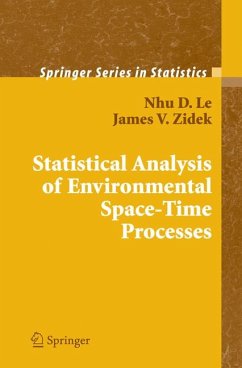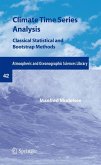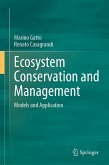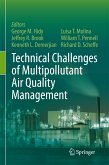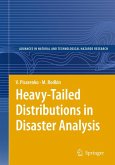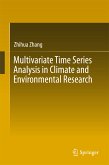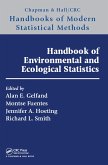This book contains technical and non-technical material and it is written for statistical scientists as well as consultants, subject area researchers and students in related fields. Novel chapters present the authors' hierarchical Bayesian approaches to
- spatially interpolating environmental processes
- designing networks to monitor environmental processes
- multivariate extreme value theory
- incorporating risk assessment.
In addition, they present a comprehensive and critical survey of other approaches, highlighting deficiencies that their method seeks to overcome. Special sections marked by an asterisk provide rigorous development for readers with a strong technical background. Alternatively readers can go straight to the tutorials supplied in chapter 14 and learn how to apply the free, downloadable modeling and design software that the authors and their research partners have developed.
Nhu Le is a Senior Scientist in Cancer Control Research and a former Director of the Occupational Oncology Research Program at the British ColumbiaCancer Agency (BCCA). An Adjunct Professor of Statistics at the University of British Columbia since 1992, he also teaches graduate courses and supervises graduate students. He is heavily involved in epidemiological research and the impact environmental and occupational factors have on cancer development. He has published over 100 peer-reviewed research articles in statistical- and subject-area journals. He received his Ph.D. in statistics from the University of Washington in Seattle.
Jim Zidek is a Professor Emeritus and Founding Head of the Department of Statistics at the University of British Columbia. He has served on a number of scientific advisory committees, most notably on the United States' EPA's Clean Air Scientific Advisory Committees Ozone Panel. His scientific interests lie equally in environmetrics (the subject of this book) and in the theory of decision analysis (particularly, the compilation of expert opinion). His work has been published extensively and he has been invited to give numerous presentations. He received his Ph.D. from Stanford University and his honors include Fellowships in the Royal Society of Canada, the American Statistical Association (ASA), and the Institute of Mathematical Statistics. He has earned the Distinguished Achievement Medal in Environmental Statistics of the ASA and the Gold Medal of the Statistical Society of Canada.
Dieser Download kann aus rechtlichen Gründen nur mit Rechnungsadresse in A, B, BG, CY, CZ, D, DK, EW, E, FIN, F, GR, HR, H, IRL, I, LT, L, LR, M, NL, PL, P, R, S, SLO, SK ausgeliefert werden.
Hinweis: Dieser Artikel kann nur an eine deutsche Lieferadresse ausgeliefert werden.
"This book contains a very interesting summarization of the current state of space-time process modeling, a topic on which the authors are eminently qualified to write upon, having worked extensively on this subject for over 30 years. ...I found this book very stimulating and would recommend it to any statistician wishing to analyze, or gain an understanding of, environmental space-time data." Jon Wakefield for Biometrics 63, 624-625, June 2007
"The book has several distinct features, namely the writing style, topics covered, case studies used and guidance for numerical implementation. The book is well written and well structured. It is also self-contained and nits material flows in a natural and systematic order. Each chapter starts with motivating examples, which help to orient the reader to the broader picture. ...I give the authors a very high mark for producing such an excellent book, one that will be of great service to the field of environmental statistics." Abdel El-Shaarawi, Environmentrics, January 2007

